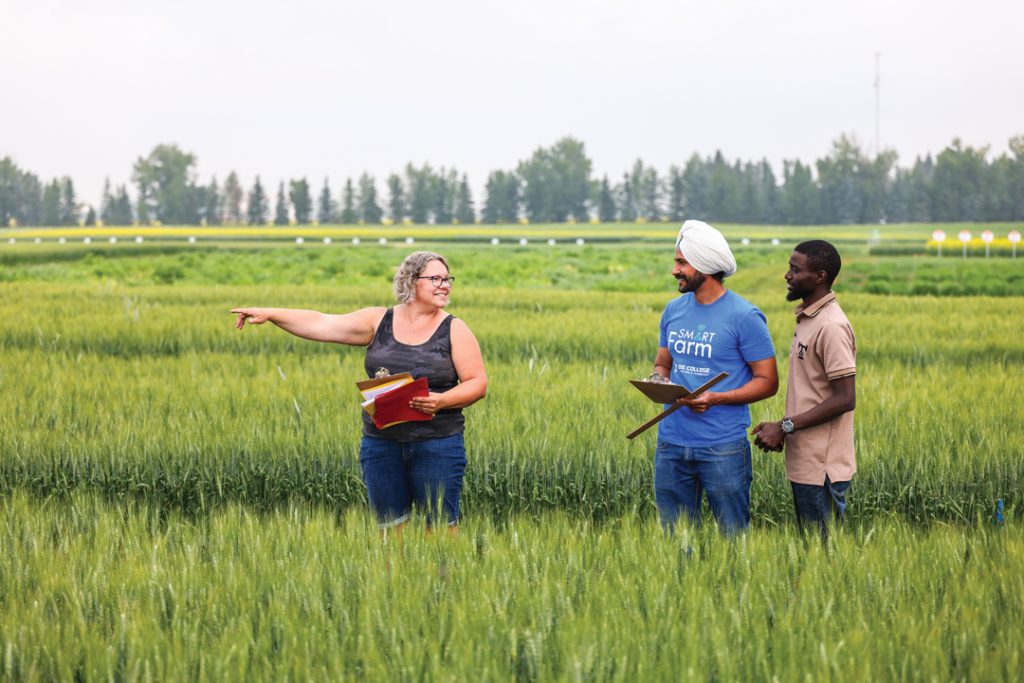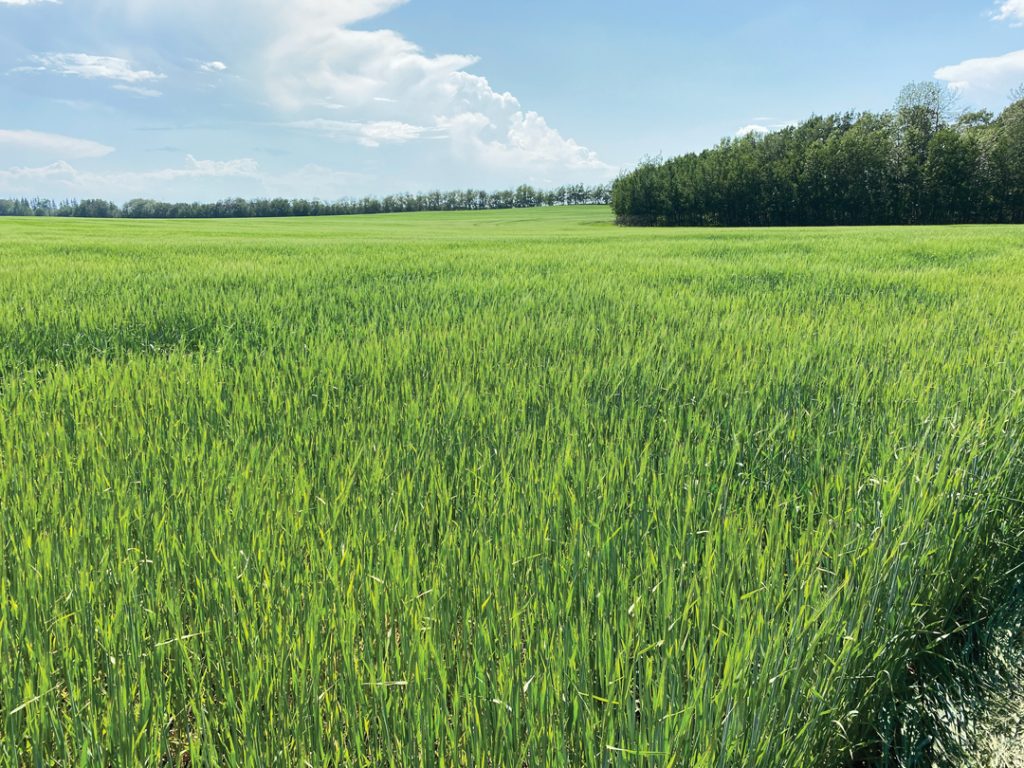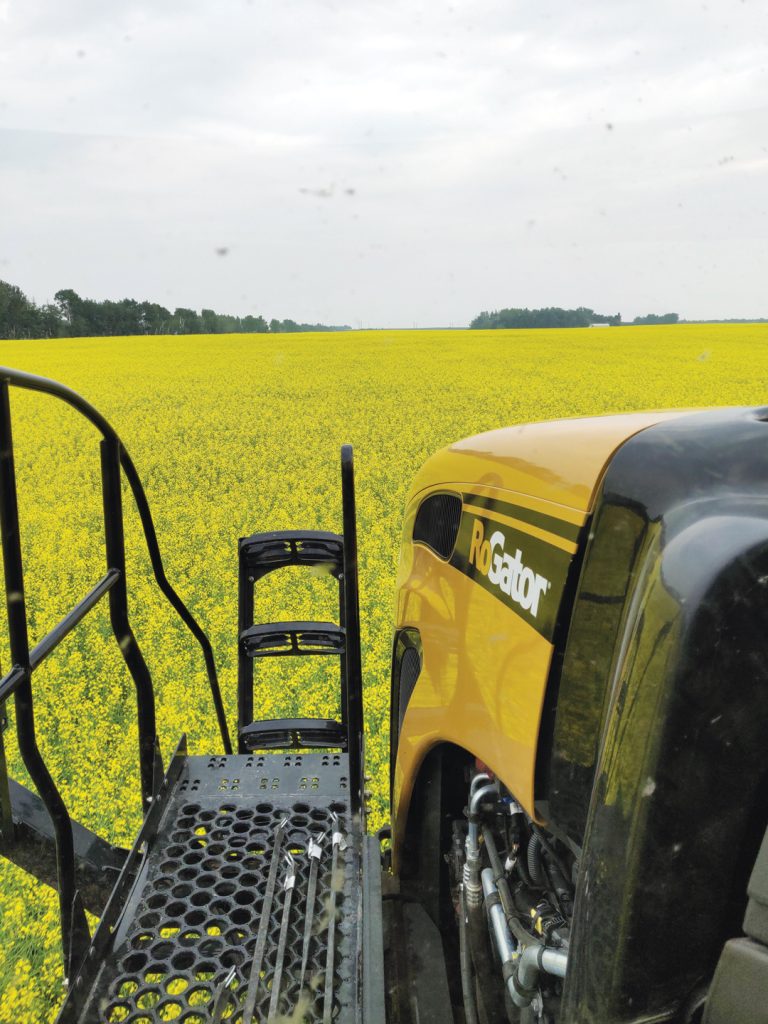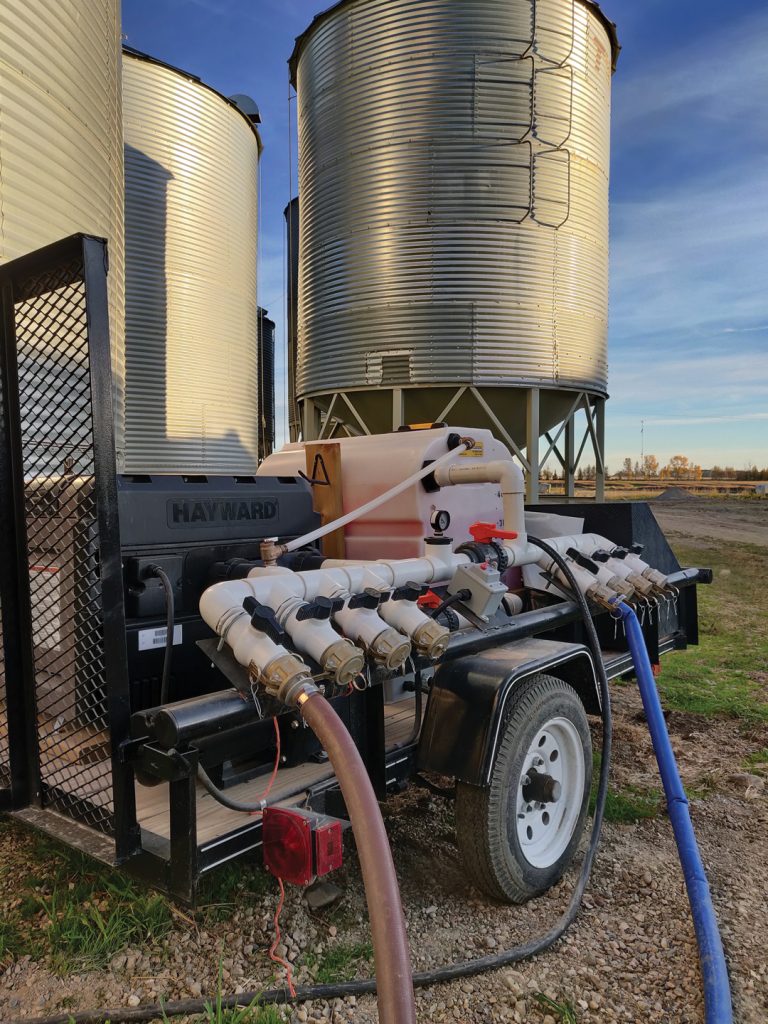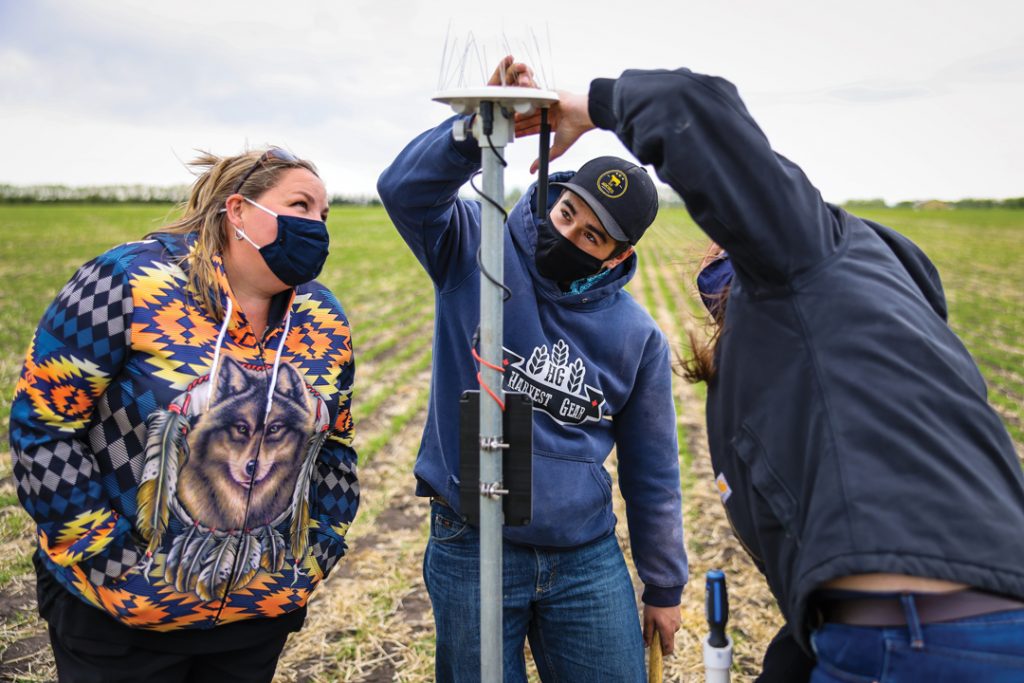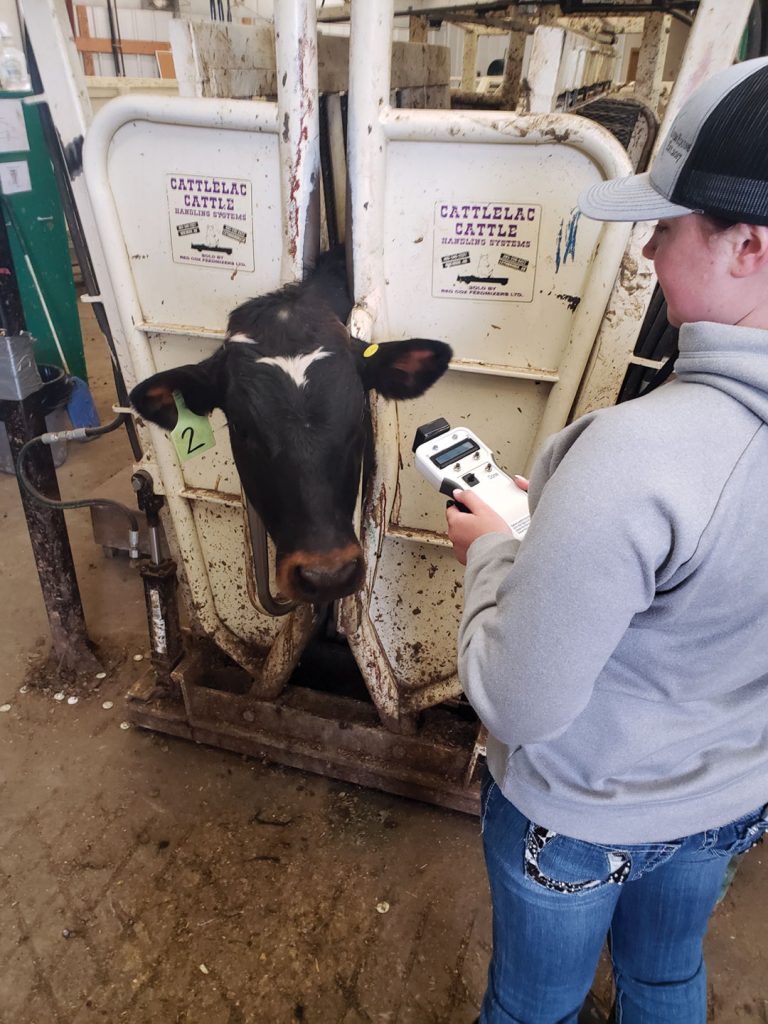HIGH ON THE LIST
Though the recent departure of the Field Crop Development Centre (FCDC) has affected its rating, Olds College of Agriculture and Technology remains highly ranked in Canada’s top 50 research colleges, according to Research Infosource Inc. In December 2024, the research, consulting and publishing firm placed the institution at No. 14.




